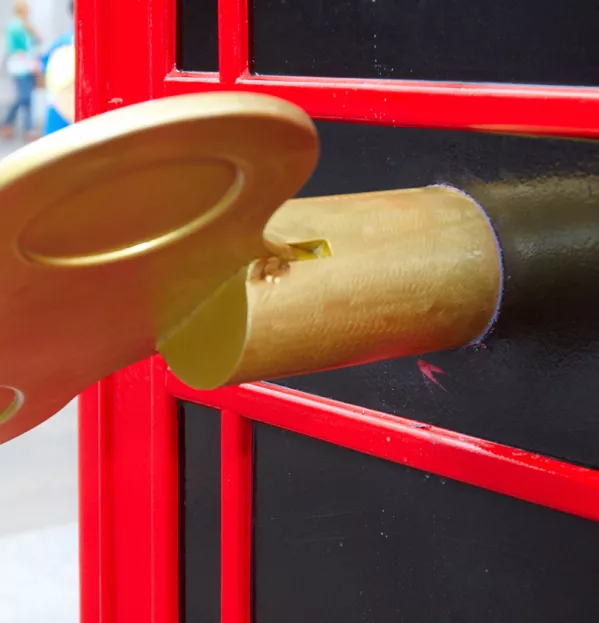Does class culture affect behaviour?
Share
Does class culture affect behaviour?
https://www.tes.com/magazine/archived/does-class-culture-affect-behaviour

Class culture is a powerful tool and can have a direct impact on behaviour. It starts with you: your attitude, your presence. You are the decisive element in your classroom.
Set the scene. Wear what you feel is professional dress, show your status as the teacher of the class and address the pupils in the way you want to be addressed.
Be mindful of your physical presence. Show that you are in control of your classroom by having open body language. Be approachable yet confident.
Find the key that unlocks each child’s potential without forgetting that one key does not fit all the locks. Nurturing each child and investing your time and emotion will build the sense of teamwork within your class.
Foster independence by ensuring children take responsibility for their space. Jobs and class responsibilities are useful ways of promoting this. We are lucky that pupils take on responsibility very loudly. When they have a job, everyone knows it. This sharing of responsibility adds to a sense of class culture.
Through this nurturing and emotional investment, you are developing a culture full of positive relationships. Disagreements will inevitably occur between children and subsequent restorative conversations can help to build on these relationships.
With a slow and well-thought-out transition, you can easily transform class culture into a whole-school culture. Select some of your pupils who are able to demonstrate positive behaviour to become champions. They can act as role models and mentors for others.
Children who have been supported by restorative conversations to repair relationships can become facilitators for children in areas where the process is just being introduced.
Tracey Lawrence is assistant headteacher and specialist leader of education in social, emotional and mental health at Danemill Primary School in Leicester
Already a subscriber? Log in